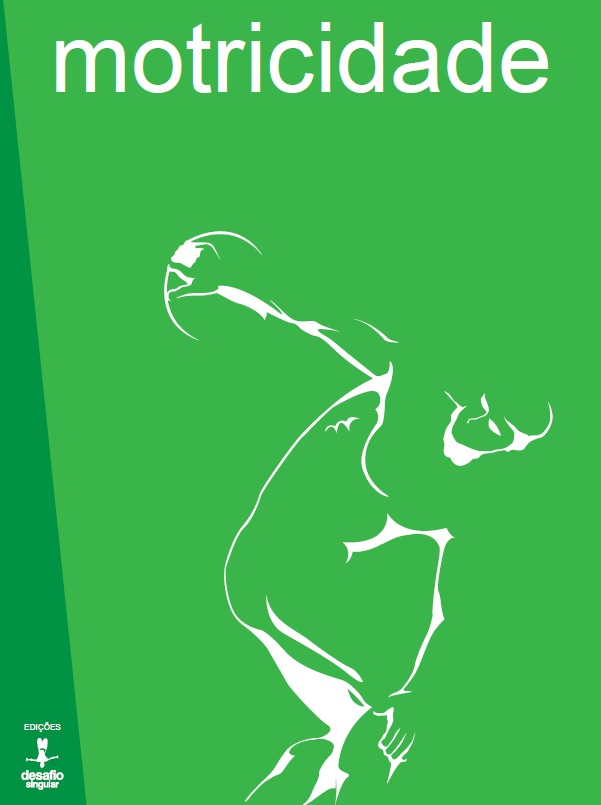A retrospective analysis of retirement of football players in Portugal
DOI:
https://doi.org/10.6063/motricidade.14982Abstract
The purpose of this study was to analyse the retirement of elite football players in Portugal. Specifically, the quality of retirement and the resources available were evaluated. To develop an understanding of the process of the sporting retirement of elite football players we used data from in-depth, semi-structured interviews with ninety professional players from the portuguese football national team. Most of the elite Portuguese footballers we investigated retired from sport between 36 and 40 years of age, their retirement had been involuntary and it had taken them less than a year to accept retirement. Most had only been educated to secondary level and had a strong athletic identity, no plans for their post-football career exist and relied on family as their main psychological support. None of the players had received support from a formal programme. Despite of the findings being consistent with previous research from other Southern European cultures, it seems that the athletic retirement of portuguese footballers has some particularities. Most portuguese footballers retired later and had longer playing careers than athletes in other countries. In addition, retirement was involuntary in most of cases, yet players reported that it took them a relatively short time to accept retirement.
Downloads
Published
Issue
Section
License
The authors of submitted manuscripts must transfer the full copyright to Journal Motricidade / Sílabas Didáticas Editions. Granting copyright permission allows the publication and dissemination of the article in printed or electronic formats, and copyrights start at the moment the manuscript is accepted for publication. It also allows Journal Motricidade to use and commercialise the article in terms of licensing, lending or selling its content to indexation/abstracts databases and other entities.
According to the terms of the Creative Commons licence, authors may reproduce a reasonable number of copies for personal or professional purposes, but without any economic gain. SHERPA/RoMEO allows authors to post a final digital copy (post-printing version) of the article on their websites or on their institutions' scientific repository.


